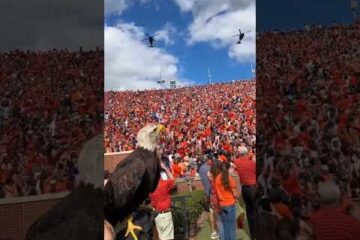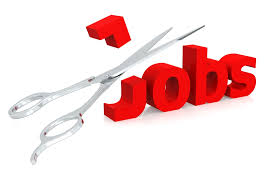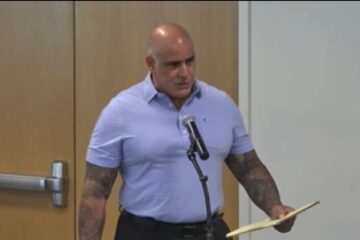Trouble Ahead for the MTA
From the New York Post July 21, 2022
The MTA needs a huge infusion of cash to close the massive budget gap created by a nearly 40% decline in ridership since the COVID-19 pandemic, state Comptroller Tom DiNapoli said Thursday.
“The MTA’s large budget gaps are coming into greater focus as ridership remains well below pre-pandemic levels and federal relief runs out,” DiNapoli said in a statement accompanying a new nine-page analysis of the $18 billion-per-year agency’s budget.
Unless there is an additional influx of city, state or federal aid, the MTA is facing stark options for closing its budget gaps that will impact riders,” DiNapoli said.
Some 5 million-plus people rode the MTA’s subways, buses and commuter railroads before COVID-19 hit in early 2020, and their fares accounted for 51.1% of the authority’s operating costs.
But with many New Yorkers opting not to return to transit, that figure stood at just 31.9% as of May 2022, DiNapoli’s analysis found.
The figure represents an 8% gap with the MTA’s mid-2020 consultant-driven ridership predictions, which anticipated nearly three-fifths of riders would have returned by now.
MTA falls behind on revenue due to lagging ridership, economy
DiNapoli said the authority’s most recent financial plan proposed using loans to close the gap — effectively kicking the can down the road.
Without cash from the city, state or feds, DiNapoli said, the MTA could be forced to institute devastating budget cuts — but he also suggested that adding service could increase revenue by luring more riders.
“If sustained shifts to office commuting and greater demand for off-peak service continue, the MTA may be able to identify opportunities to provide service that is better aligned with new demand, while potentially generating cost efficiencies and creating savings,” the comptroller’s report said.
MTA Chairman Janno Lieber has argued that the authority needs to shift to a funding model that is less dependent on fares to keep the trains running.
“We’re an essential service that needs to be paid for — and it shouldn’t be on the backs of the riders,” he said in November.
“Mass transit is an essential service for New Yorkers, and the MTA has begun working with decision makers to develop a plan that assures continued strong mass transit in the post-COVID era,” the spokesman, John McCarthy, said in a statement.


